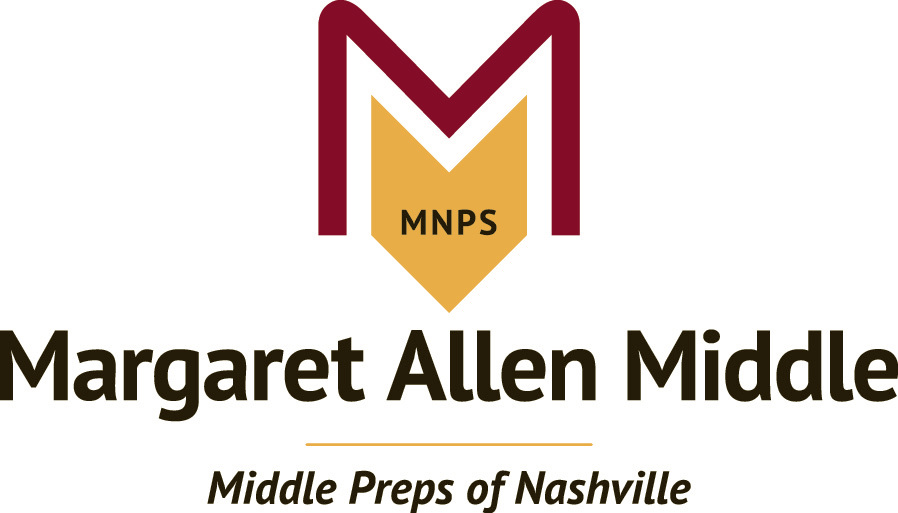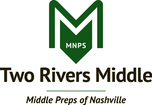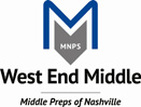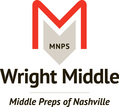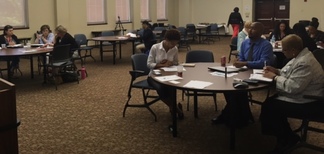 If you have been part of this journey since Summer 2014, one of the barriers identified for implementing collaborative inquiry was the lack of leadership modeling. I refer to this barrier as “walking the walk.” People raised concerned about leadership, particularly from central office supporting the implementation of collaborative inquiry practices. Since we have the collaborative inquiry community of practice among 5 middle schools and asked them to develop an implementation plan for implementing collaborative inquiry, the need to have this discuss at central office arose. The meeting to discuss central office’s role in supporting collaborative inquiry was held on Thursday, May 19th from 11 AM to 2 PM. Overall, it was a very productive meeting where we used collaborative inquiry practices by using the Teacher Data Use Survey data from the community of practice schools as a springboard for how to best support schools. We had a lively conversation and some great ideas were generated. To learn more about the meeting, including the agenda, PowerPoint, minutes, and pictures of charts, please go to http://www.mnpscollaboration.org/collaborative-inquiry-working-group.html. I also videotaped the session because several schools requested to see videos with collaborative inquiry being modeled. Once I have the videos ready, I will post them to our toolkit and notify you via a blog post. Please note that I am always here as a support for this work and several central office staff have received training as well. I’m happy to meet with you and your team to discuss the best way your school and/or department can foster a culture of collaborative inquiry. Ultimately, my vision is for the expertise throughout MNPS and school community be leveraged for supporting student success. Contact me, Margie Johnson, at [email protected]. Hope you all have a wonderful summer.
1 Comment
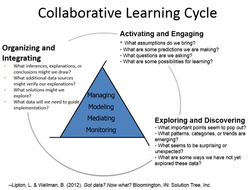 In the last post, I mentioned spotlighting Haynes’ Tuesday Talks. Their Tuesday Talks are the grade level team meetings set aside to have meaningful conversation about issues. I want to share about their use of collaborative inquiry for the last three Tuesday Talks. Remember, we have adopted Laura Lipton and Bruce Wellman’s Collaborative Learning Cycle as our collaborative inquiry process (see image). When looking at using data, one of the hardest things I have found is to take the additional time to go through the Activating and Engaging, Exploring and Observing phases before the last phase of Organizing and Integrating, which means creating theories of causation. On the Tuesday Talk for April 12, the instructional specialist for Haynes, Kisha Spencer, facilitated the meeting. This meeting’s focus was on helping teachers begin to identify a worthy problem of practice. No data was used during this phase. Instead, teachers participated in brainstorming issues they are facing. Two strategies used during this session to facilitate the process were Banned Words, Sort Cards, and Spend-A-Buck. Sort Cards is a great strategy for brainstorming information, and Spend-A-Buck helps the group reach consensus. Using these strategies, Haynes Middle grade level teams reached a consensus to investigate the issue of student behavior and discipline further. On the April 26th Tuesday Talk, Margie Johnson facilitated the Exploring and Discovering phase of the collaborative inquiry cycle as teachers looked at behavior data. The Behavior Dashboard reports from the MNPS Data Warehouse were used during this session while teachers generated observations they were making about the data using Think & Write/Pair & Share and Theories of Causation strategies. The top theory of causation was that students needed social emotional learning support, particularly around self-regulatory skills. A deeper dive into this theory of causation was facilitated by Kisha Spencer on May 5th to answer the essential question, “How do you support students’ social emotional learning, particularly self-regulatory skills, in your classroom?” The strategies used during the meeting were Looking Back/Looking Ahead and Idea, Category, Web. The plan is to then continue the conversations this summer with a Behavior Advisory Committee with diverse stakeholder members. Needless to say, exciting things are happening at Haynes Middle, and I look forward to seeing the expertise from Haynes applied to this meaningful student issue. You can access ALL their meeting agendas, PowerPoints, and handouts at this link: . Do you and/or your team have a spotlight story to share? If so, please email Margie Johnson at [email protected]. I look forward to hearing about the AWESOME work being done by you and your school. 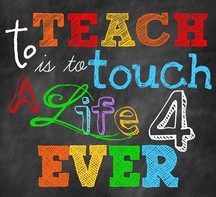 First, I want to wish everyone a Happy Teacher Appreciation Week!!! Thanks for all you do! For the past two weeks, I have come across this term “collective efficacy.” Since this term is new to me, I wonder, what does that mean? I like the definition Stephanie Hirsh shared in her blog post about Michael Fullan’s announcement of the power of collective efficacy. “Collective efficacy is educators’ beliefs that in working together, they have the capability to improve significant challenges in school” (Hirsh, 2016, April 7, para. 2). All in all, it is very similar to collaborative inquiry, which is “stakeholders working together to uncover and understand problems and to test out solutions together through rigorous data use and reflective dialogue” (N. Love, K.E. Stiles, S. Mundry, and K. DiRanna, 2009). Given these two definitions, what do you think are the similarities and differences? With that in mind, I have to share how excited I am to have all of you part of our community of practice. I truly believe that working together we can have so much more impact on our students’ success. However, developing this type of culture does NOT happen overnight. It takes time and support. Please remember that I am always an email away from providing any type of support you may need. Finally, I want to share a new resource added to the Collaborative Inquiry Toolkit about trust: http://www.mnpscollaboration.org/component-c-culture-of-trust.html (last link on the page). Next week's article is going to feature some collaborative meetings Haynes Middle Design Center have been having and how they are leveraging their collective efficacy to address a challenge. If you have a best practice, success story, or lessons learned to share, please contact Margie Johnson at [email protected]. Reference: Hirsh, S. (2016, April 7). Michael Fullan affirms the power of collective efficacy. Education Week Teacher's Learning Forward's PD Watch blog post. Retrieved from http://blogs.edweek.org/edweek/learning_forwards_pd_watch/2016/04/michael_fullan_affirms_the_power_of_collective_efficacy.html (If you can't access the article, please access a pdf version at this LINK. Love, N., Stiles, K. E., Mundry, S., and DiRanna, K. (2009). Using data to improve learning for all: A collaborative inquiry approach. Thousand Oaks, CA: Corwin, Inc. |
Email Subscription
Click HERE to subscribe to receive emails for the blog posts. Archives
February 2018
Categories
All
|
- Home
-
Workshop Warehouse
- Collaborative Inquiry for Data Use Workshop (Got Data? Now What?)
- Fishbone and Logic Model Workshop Materials
- Innovation Configurations Materials
- Creating an Evaluation Plan
- Facilitating Collaborative Inquiry Workshop (Dr. Laura Lipton)
- Group Data Exploration (PLI 2016)
- Collaborative Inquiry Community of Practice
- JE Moss Elementary Leadership Team Meeting
- 2016 NCES STATS DC Presentations
- Una Elementary Leadership Team
- Haynes Middle Prep-August 1, 2016
- August 2, 2016--Jere Baxter Middle
- 2016 NTC Nashville Analytics Conference
- Glencliff ES Leadership Team--Sept. 15, 2016
- Haynes MS Leadership Team Culture and Climate Meeting--Sept 19, 2016
- Sept 27, 2016 Two Rivers Leadership Team Meeting
- Rose Park Culture and Climate--2016
- Two Rivers SIP Goal Setting--Sept 20, 2016
- Curriculum and Instruction Meeting--Sept. 30, 2016
- Two Rivers--October 10, 2016
- John Early Culture and Climate--2016
- CTE Cohort--October 11, 2016
- Apollo Middle Milestone Meeting
- Murrell--Culture and Climate 2016-2017
- Margaret Allen--Jan 4, 2017 Culture and Climate
- Head Magnet Middle--Jan 4, 2017
- Apollo Middle--Jan 10 & 25, 2017
- IT Creswell Vision and Mission
- Dr. Springer Literacy CoP
- Two Rivers SIP Process Feb & Mar 2017
- East Nashville SIP March 2017
- East Nashville Behavior Plan May2017
- Family Engagement Data Dive
- Leading Collaborative Inquiry
- DuPont Tyler Middle Vision and Mission
- Facilitating Collaborative Teams
- 2017 SEL Conference Culture and Climate Change
- JE Moss Elementary Leadership Team Meeting--2017
- Goodlettsville Middle Vision and Mission
- CTE Cohort--July 26, 2017
- Joelton Middle Vision and Mission
- Whites Creek High Freshman Academy Vision and Mission
- Goodlettsville Middle Poverty Simulation Follow-Up Meeting
- Exceptional Education Coaches
- Hull Jackson Montessori Poverty Simulation Follow-Up Meeting
- Central Office Poverty Simulation Follow-Up Meeting
- Jones Paideia Poverty Simulation Follow-Up Meeting
- Cole Elem BHAG Fall 2017
- Cole Elem Culture and Climate--2016
- NAZA Data Dive Nov 3, 2017
- Metro Data Coord Meeting Nov 16, 2017
- 2017 Learning Forward Workshop
- Two Rivers Dec 2017 Culture and Climate
- MNPS Learning Tech Jan 2018
- MNPS SE Quadrant Leadership Meeting Jan 2018
- Margaret Allen Middle Jan 2018 Culture and Climate
- MNPS Early Learning Jan 2018
- Lakeview Elementary Jan 2018
- Wright MS SIP Process Jan 2018
- Cane Ridge HS Student Data Chats Jan 2018
- Antioch Middle Spring 2018
- Whites Creek HS Feb 2018
- 2019 Wright MS Leadership PLC
- July 2019--JE Moss Elementary Leadership Team Meeting
- Collaboration Corner Blog
- MNPS Data Guides
- Meeting Structures and Strategies
- Feedback
- Collaborative Inquiry Working Group
- Reading List
- Home
-
Workshop Warehouse
- Collaborative Inquiry for Data Use Workshop (Got Data? Now What?)
- Fishbone and Logic Model Workshop Materials
- Innovation Configurations Materials
- Creating an Evaluation Plan
- Facilitating Collaborative Inquiry Workshop (Dr. Laura Lipton)
- Group Data Exploration (PLI 2016)
- Collaborative Inquiry Community of Practice
- JE Moss Elementary Leadership Team Meeting
- 2016 NCES STATS DC Presentations
- Una Elementary Leadership Team
- Haynes Middle Prep-August 1, 2016
- August 2, 2016--Jere Baxter Middle
- 2016 NTC Nashville Analytics Conference
- Glencliff ES Leadership Team--Sept. 15, 2016
- Haynes MS Leadership Team Culture and Climate Meeting--Sept 19, 2016
- Sept 27, 2016 Two Rivers Leadership Team Meeting
- Rose Park Culture and Climate--2016
- Two Rivers SIP Goal Setting--Sept 20, 2016
- Curriculum and Instruction Meeting--Sept. 30, 2016
- Two Rivers--October 10, 2016
- John Early Culture and Climate--2016
- CTE Cohort--October 11, 2016
- Apollo Middle Milestone Meeting
- Murrell--Culture and Climate 2016-2017
- Margaret Allen--Jan 4, 2017 Culture and Climate
- Head Magnet Middle--Jan 4, 2017
- Apollo Middle--Jan 10 & 25, 2017
- IT Creswell Vision and Mission
- Dr. Springer Literacy CoP
- Two Rivers SIP Process Feb & Mar 2017
- East Nashville SIP March 2017
- East Nashville Behavior Plan May2017
- Family Engagement Data Dive
- Leading Collaborative Inquiry
- DuPont Tyler Middle Vision and Mission
- Facilitating Collaborative Teams
- 2017 SEL Conference Culture and Climate Change
- JE Moss Elementary Leadership Team Meeting--2017
- Goodlettsville Middle Vision and Mission
- CTE Cohort--July 26, 2017
- Joelton Middle Vision and Mission
- Whites Creek High Freshman Academy Vision and Mission
- Goodlettsville Middle Poverty Simulation Follow-Up Meeting
- Exceptional Education Coaches
- Hull Jackson Montessori Poverty Simulation Follow-Up Meeting
- Central Office Poverty Simulation Follow-Up Meeting
- Jones Paideia Poverty Simulation Follow-Up Meeting
- Cole Elem BHAG Fall 2017
- Cole Elem Culture and Climate--2016
- NAZA Data Dive Nov 3, 2017
- Metro Data Coord Meeting Nov 16, 2017
- 2017 Learning Forward Workshop
- Two Rivers Dec 2017 Culture and Climate
- MNPS Learning Tech Jan 2018
- MNPS SE Quadrant Leadership Meeting Jan 2018
- Margaret Allen Middle Jan 2018 Culture and Climate
- MNPS Early Learning Jan 2018
- Lakeview Elementary Jan 2018
- Wright MS SIP Process Jan 2018
- Cane Ridge HS Student Data Chats Jan 2018
- Antioch Middle Spring 2018
- Whites Creek HS Feb 2018
- 2019 Wright MS Leadership PLC
- July 2019--JE Moss Elementary Leadership Team Meeting
- Collaboration Corner Blog
- MNPS Data Guides
- Meeting Structures and Strategies
- Feedback
- Collaborative Inquiry Working Group
- Reading List
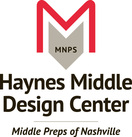

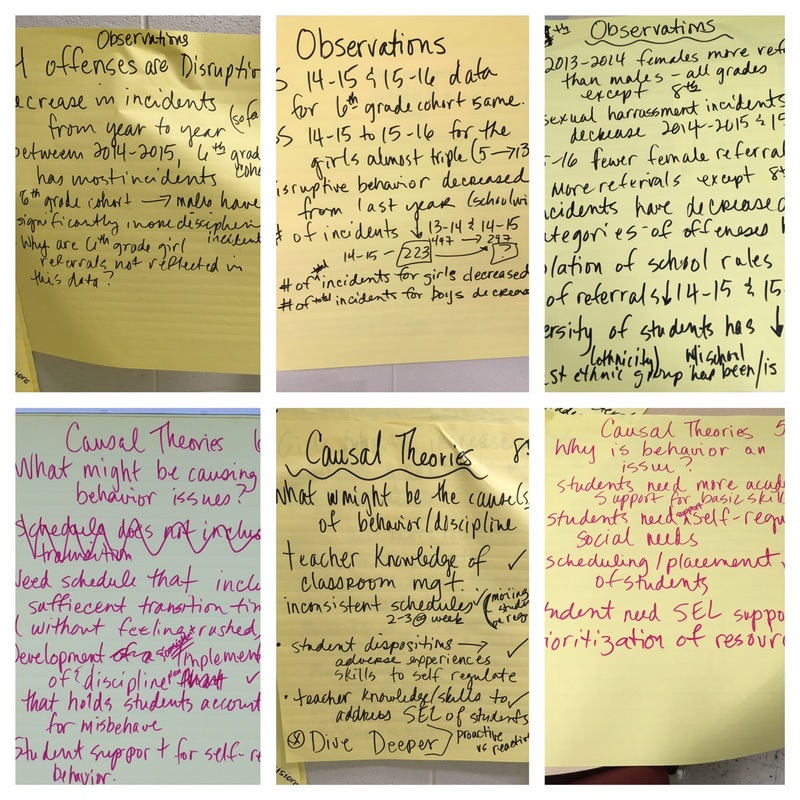
 RSS Feed
RSS Feed

